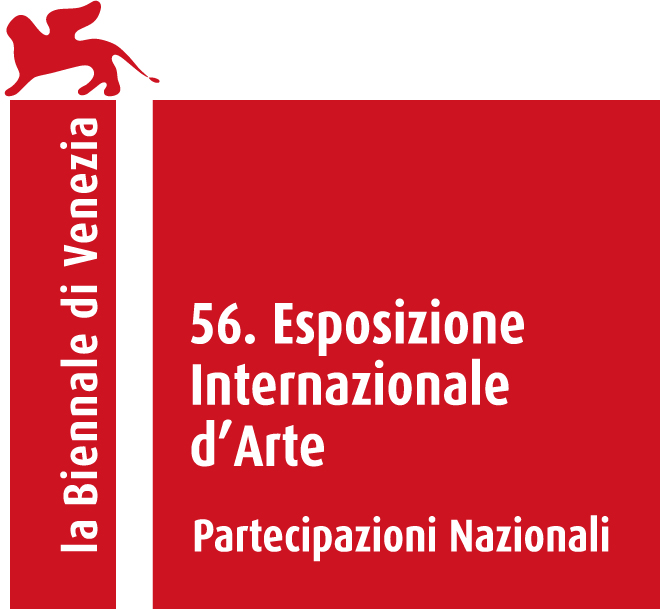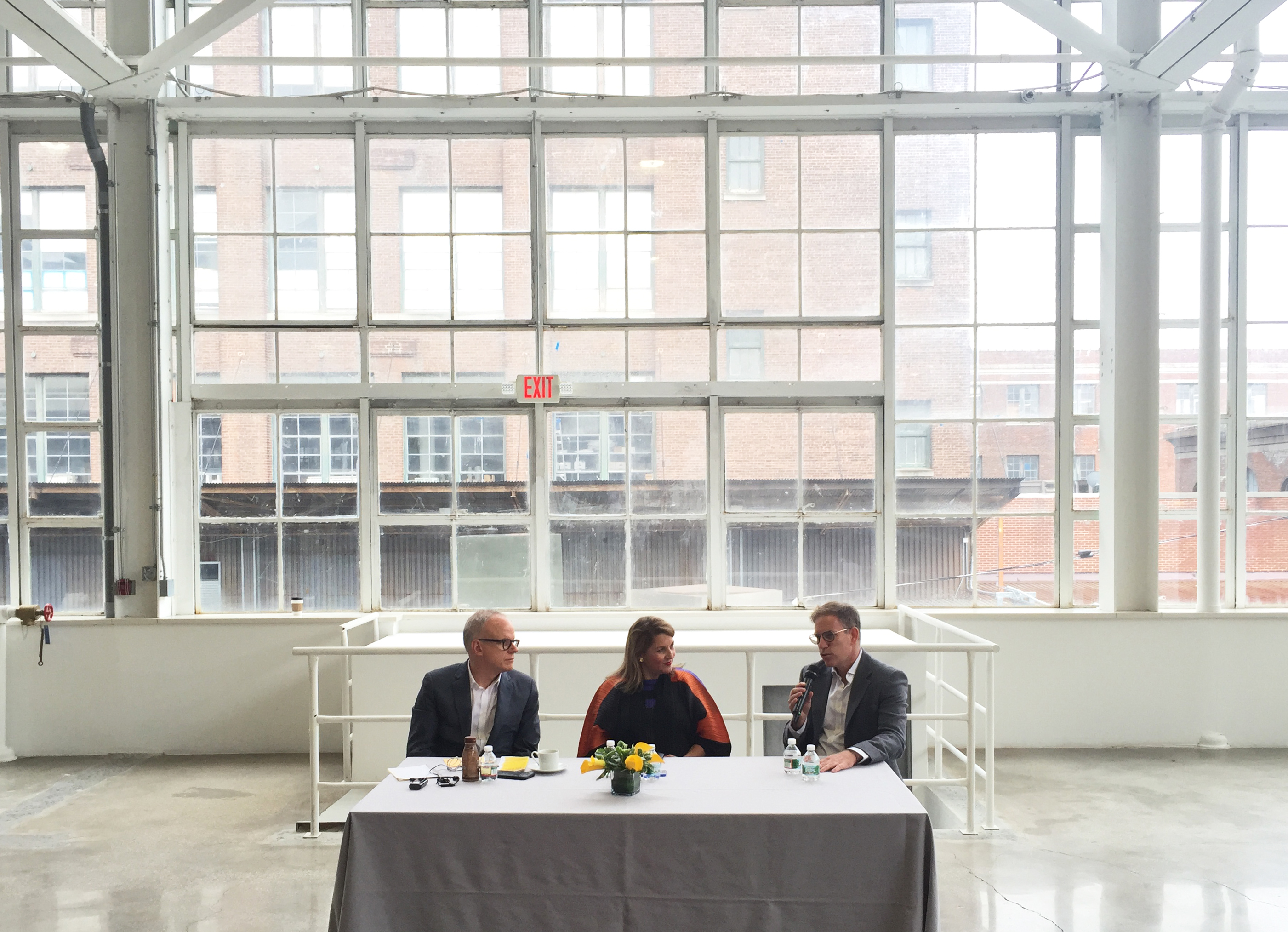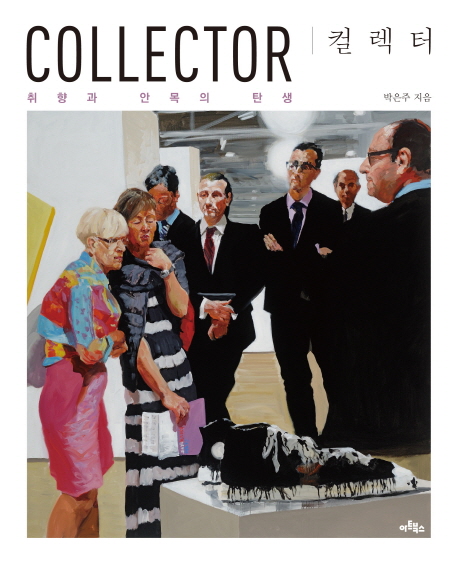Manager Update - Q4 2016
01.01.2017—
Dear Friends,
Looking back at the art market in 2016, it is probably best categorized as a “safe landing”. Despite mounting global unrest around a myriad of political, economic, humanitarian and ecological concerns - such as the outcome of US Elections, Brexit, ISIL & civil war in Syria, slowing growth in Emerging Markets and a failed coup in Turkey to name a few – in the broad sense, prices of art seem to hold steady.
Taking a closer look at the intricacies however, reveals interesting trends unfolding:
- The bubble has burst for a group of LA process based artists that were initially the art flippers’ paradise, and later became auction darlings. Walter Robinson coined the term “Zombie Formalists” for the group.
- With many new buyers from developing markets joining the race for ownership of trophy cultural assets, the very top end of the market continues to command stellar prices for the rare masterpieces that come up.
- The middle market for investable art assets (broadly speaking $100k - $3m) is very selective. Transaction volumes are significantly down but high quality works sell well. This translates to consolidation with a number of notable mid-level galleries as well as e-commerce platforms targeting this market, scaling down or closing.
- The lower end of the market seems to be holding out with growth particularly strong online where millennial collectors are comfortable shopping. Specialized Art Fairs for younger buyers are also helping to support emerging artists. However, the plethora of art market news platforms, both online and offline, is consolidating rapidly as these businesses struggle to find revenue streams and there are less philanthropists that find this a worthy cause in these trying times.
- Auction Houses keep appearances up by being much more selective about works they offer, consciuosly reducing the total amount offered in the main auctions and driving down auction etimates to entice bidders. This is complemented with more online only auctions where the sale statistics are less visible. They also support the market with guarantees and work hard to find branded collections which have broader market appeal. It is no secret however that their profitability is suffering and all major houses are exploring ways to tweak their models, each taking a different tangent. It will be very interesting to see how this evolves in 2017 and beyond. Auction houses that have adopted a focused approach on smaller niche auction markets seem to be fairing better, with a notable example being Heritage Auctions that focuses on the collectibles market and is reportedly the 3rd largest auction house now.
- Art Fair growth has slowed down somewhat. There seems to be fair fatigue amongst the regulars, necessitating new approaches to attract new audiences. In the upper end of the fair industry MCH group continues to lead by a wide margin, announcing in September a new growth strategy along 2 routes – acquiring controlling stakes in regional art fairs (the first being Art India) and via collaborations with municipalities around the world, called “Art Basel Cities” with a first project announced in Buenos Aires. At the lower end of the Art Fair spectrum more segmentation is underway with a plethora of new fairs for “Independent”, “New”, or “Emerging” artists.
- Talk about art as an investment is becoming more commonplace, even in the more traditional European and North American markets. “Investment value is an increasingly important motivation among art collectors” concludes the Deloitte and ArtTactic 2016 Art & Finance Report. Even Forbes published an article titled “Art: A Growing Asset Class” in November. But art funds are struggling to take off, as recently reported on Artsy, where our fund is singled out as an exception, still running after 5 years.
- Interest grows in art from Emerging Markets, and particularly the market for African Contemporary Art is undergoing a major resurgence. Barneby’s wrote: “Emerging Art Markets: China, Africa, Latin America. Interest in Chinese Contemporary art continues to grow but the real excitement for new ‘investors’ rather than collectors is in Contemporary African Art, Latin American art, Indian Contemporary art and Cuban Art.” Proof: Sotheby’s creates new African department with inaugural auction slated for May 2017, 1-54 Art Fair branches out to NY, “Also Known as Africa” Art Fair starts in Paris, Zeitz Museum to open in Cape Town in 2017, more US Museums and leading galleries show African and African American art than ever before.
- Women artists are on the rise. An ongoing gender correction is underway. Particularly as part of the trend to “rediscover” forgotten artists. But the same is true for the younger generation. In fact, so much so that Adam Szymczyk, artistic director of Documenta 14 has a ‘revolutionary’ goal of presenting 50% women artists in the 2017 edition, which will for the first time be split between Kassel and Athens (in a bid for solidarity with Greece).
On the fund front, the 4th quarter took me to London, Gibraltar, Paris, Seoul, Singapore, Shanghai and Amsterdam. In Asia I focused on giving talks to local audiences in Seoul and Singapore and to participate in an organized visit of the Asia Pacific acquisition committee of the Tate, which included a Private Museum Summit and visits to collections, artist studios and art fairs.
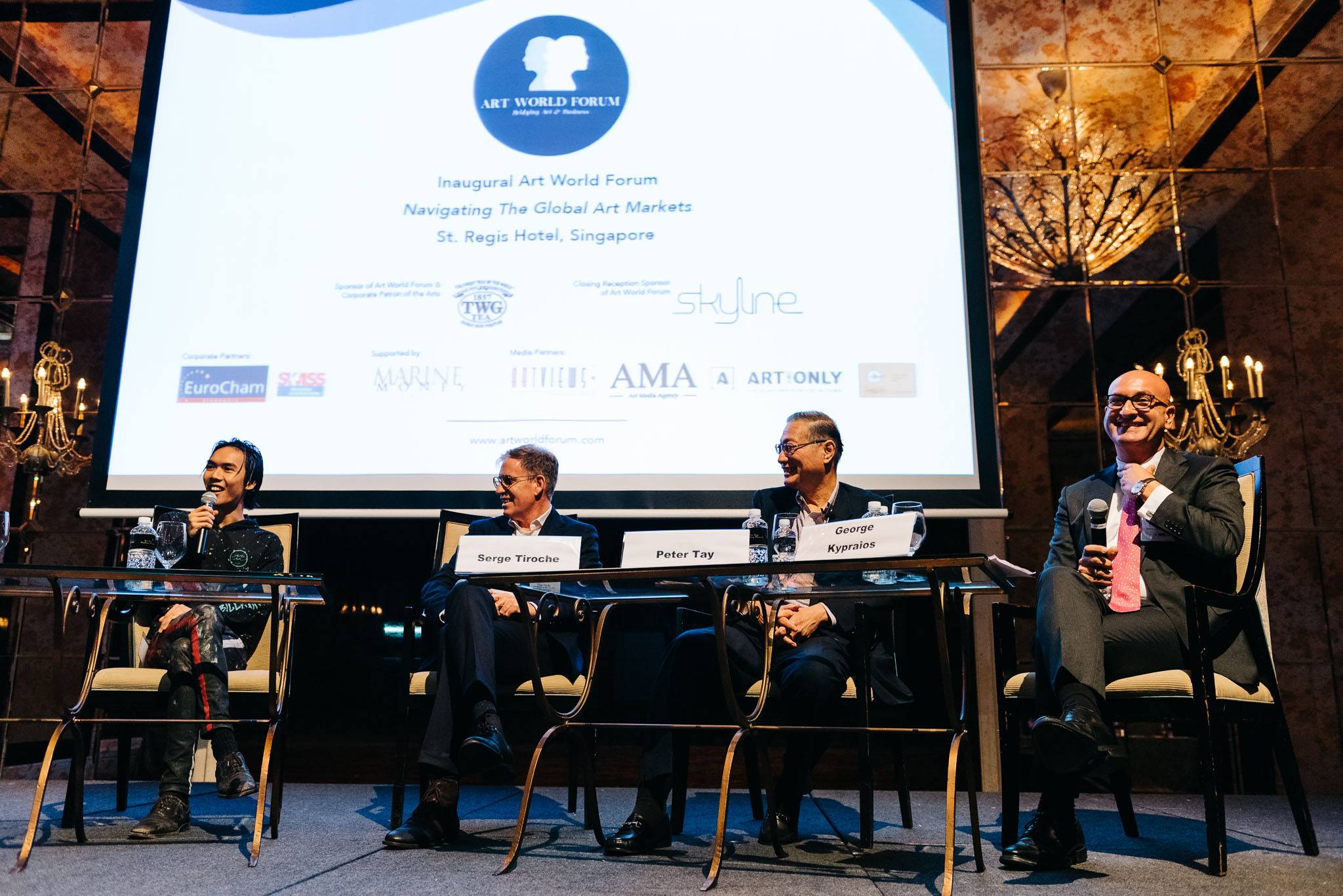
Serge Tiroche with Ruben Pang, Peter Tay and George Kypraios at Art World Forum in Singapore, October 2016
Strategically speaking, as reported in the Q3 newsletter, the fund is preparing for the next phase of the fund’s life cycle, the “Holding and Consolidation” period which starts in March 2017. In this phase the focus moves from acquisitions and new investors to carefully managing the collection to enhance value through active management. We envisage doing so by i) tightening up the collection by letting go of underperforming works, and ii) actively promoting the better works of the collection by stepping up the lending activity, producing exhibitions centered on works from the collection, and publishing printed collateral in addition to our ongoing e-publications. This will explain the smaller number of new acquisitions and greater number of divestitures in the current quarter, a trend we expect to continue.
.jpg) In the 4th quarter we hosted 2 artists from Africa at our residency, which produced some excellent works for the collection. Other than those works we finalized only 2 other acquisitions, but realized a total of 8 works during for an aggregate of $407’000. On average the sales produced a 20.5% Gross IRR and achieved a 22.6% premium to carried book values. The most significant sale was “Everyday is Carnival” by Japanese artist Aya Takano, which sold at the Christie’s HK evening sale in November for $209’000 inclusive of auction house premium, more than triple the $65’000 we paid for it in December 2012. This was the last remaining Japanese work in the collection, following our early decision to divest there, focusing instead on artists form the newer Asian economies.
In the 4th quarter we hosted 2 artists from Africa at our residency, which produced some excellent works for the collection. Other than those works we finalized only 2 other acquisitions, but realized a total of 8 works during for an aggregate of $407’000. On average the sales produced a 20.5% Gross IRR and achieved a 22.6% premium to carried book values. The most significant sale was “Everyday is Carnival” by Japanese artist Aya Takano, which sold at the Christie’s HK evening sale in November for $209’000 inclusive of auction house premium, more than triple the $65’000 we paid for it in December 2012. This was the last remaining Japanese work in the collection, following our early decision to divest there, focusing instead on artists form the newer Asian economies.
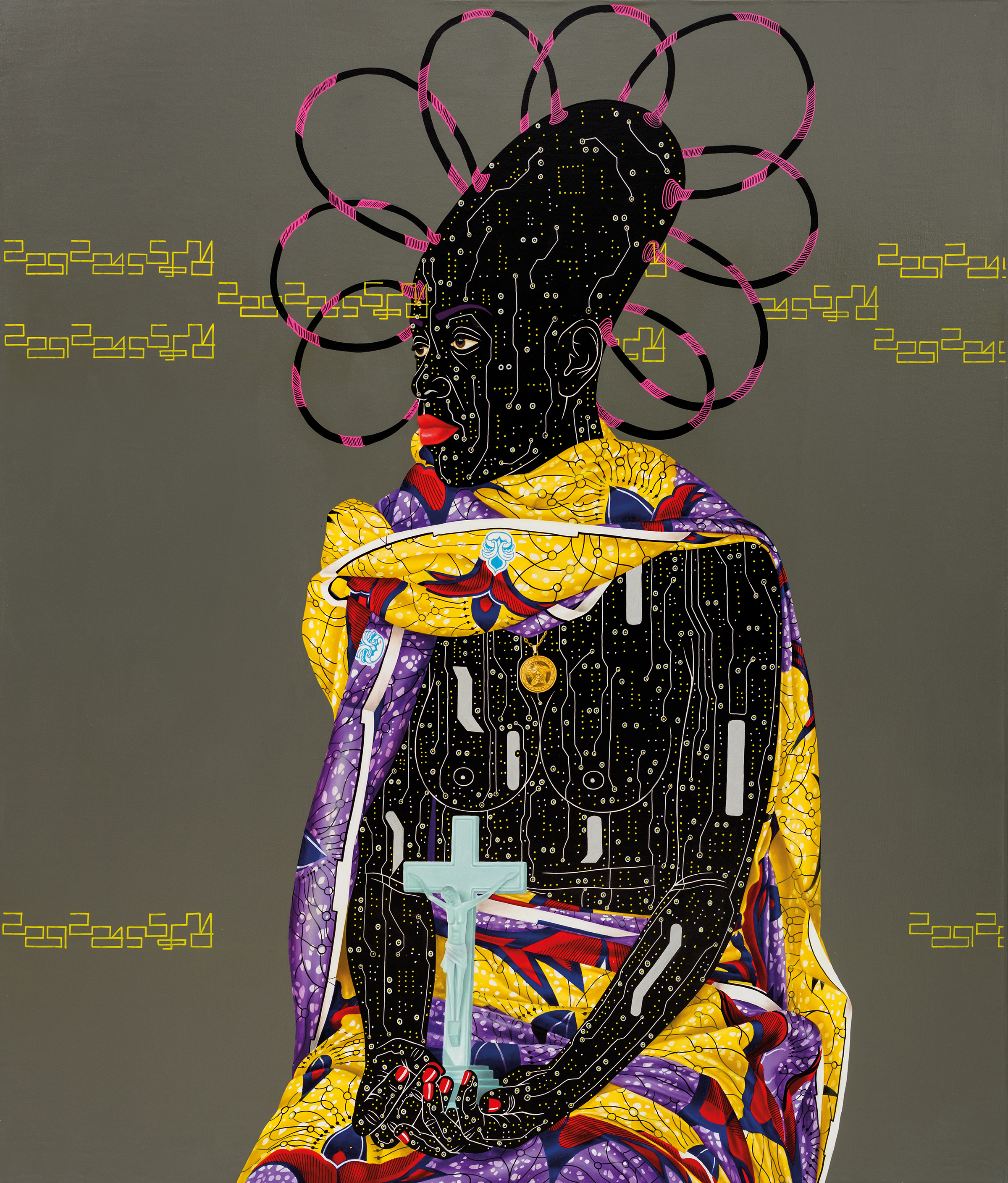 Our overall year-to-date performance as of November 2016 stands at + 6.26%, or + 31.20% since the collection’s inception in Feb 2011. November was a strong month with NAV rising 0.90%, mostly due to the realizations during the month. But December is the important month to look out for in order to judge the fund's overall performance. This is when we get a fresh valuation from an independent source. This year the valustion is underway by a leading global auction house and with their strategy to provide very conservative market estimates, we expect this to negatively impact the fund's year-end valuation. We will update our website, provide an analysis of our year end results and send another newsletter as soon as our December NAV is finalized.
Our overall year-to-date performance as of November 2016 stands at + 6.26%, or + 31.20% since the collection’s inception in Feb 2011. November was a strong month with NAV rising 0.90%, mostly due to the realizations during the month. But December is the important month to look out for in order to judge the fund's overall performance. This is when we get a fresh valuation from an independent source. This year the valustion is underway by a leading global auction house and with their strategy to provide very conservative market estimates, we expect this to negatively impact the fund's year-end valuation. We will update our website, provide an analysis of our year end results and send another newsletter as soon as our December NAV is finalized.
As we enter 2017 we are excited to announce a major first collaboration between the collection and the world of high fashion. Towards the end of January a number of works from the collection will decorate a major “haute couture” fashion shown in Paris, which is expected to get a lot of media attention. We cannot name the partner beforehand, but will report more extensively on this in the next newsletter.
Our fund is open for investment until the end of February 2017, so now is your last chance to buy a share of the Tiroche DeLeon Collection if you have been consoidering this. Thank you for your readership and I stay at your disposal for any thoughts or suggestions and wish you all an insightful, healthy, creative and joyful 2017.
Serge Tiroche
co-founder
news archive
Panel Discussion with Hans Ulrich-Obrist, Catherine Petitgas and Serge Tiroche
May 29, 2016—From the genesis of "Everything You Are I Am Not" to the most pressing issues in the art world today.
Read More »"Collector": A New Book by Eunju Park
Dec. 1, 2015—Korean author and art consultant Eunju Park dedicates a chapter of her new book "Collector" to Serge Tiroche, providing an interesting insight into his collecting practice.
Read More »
